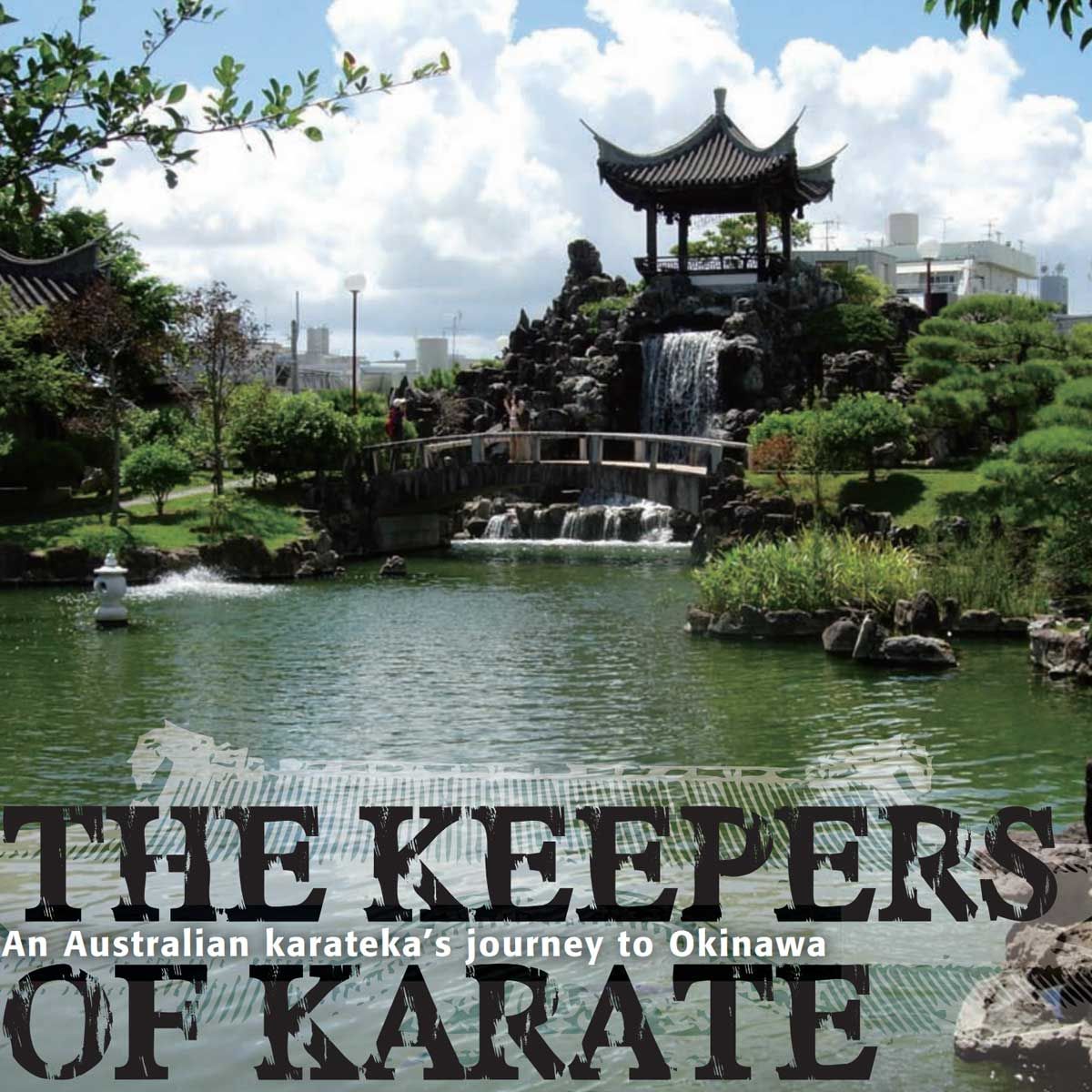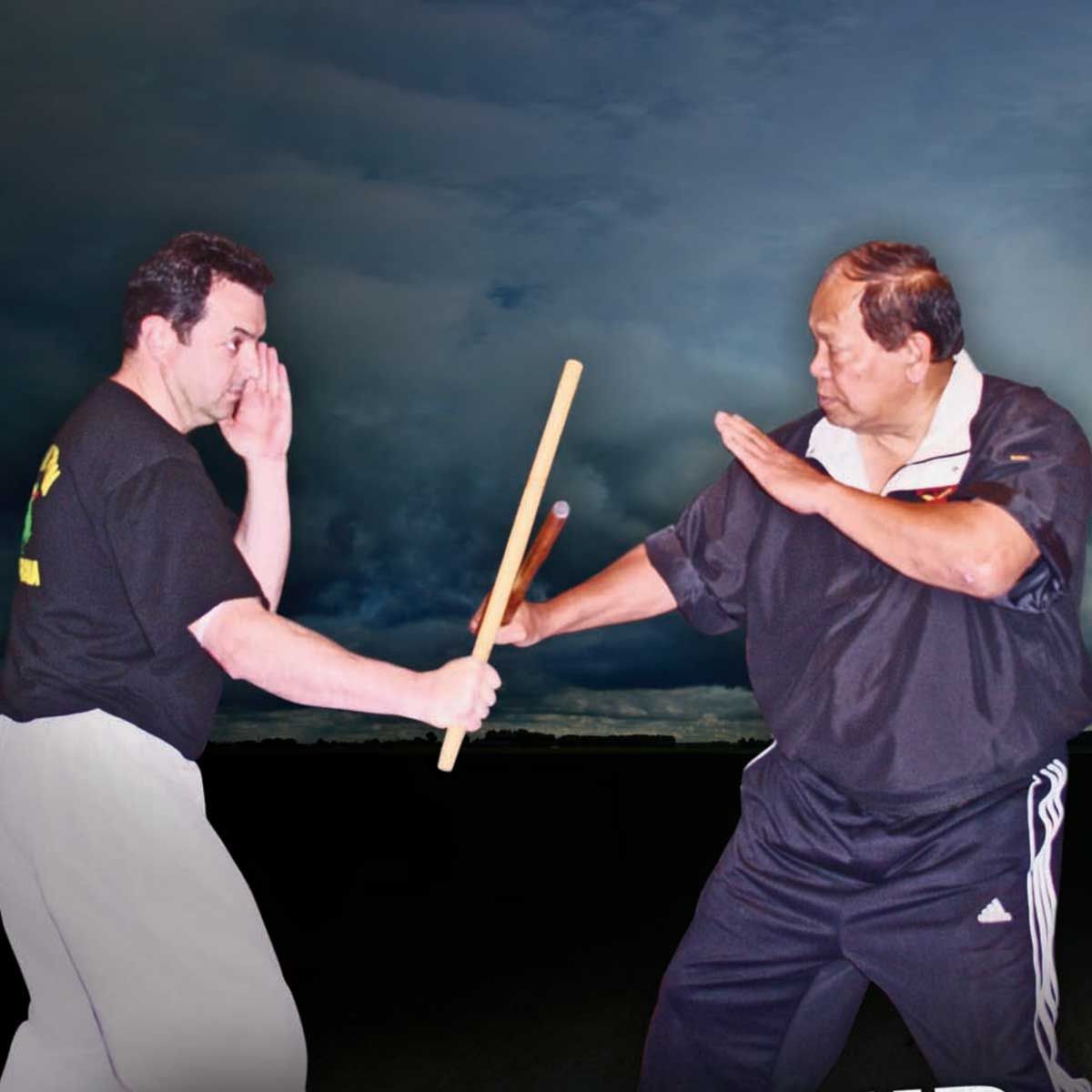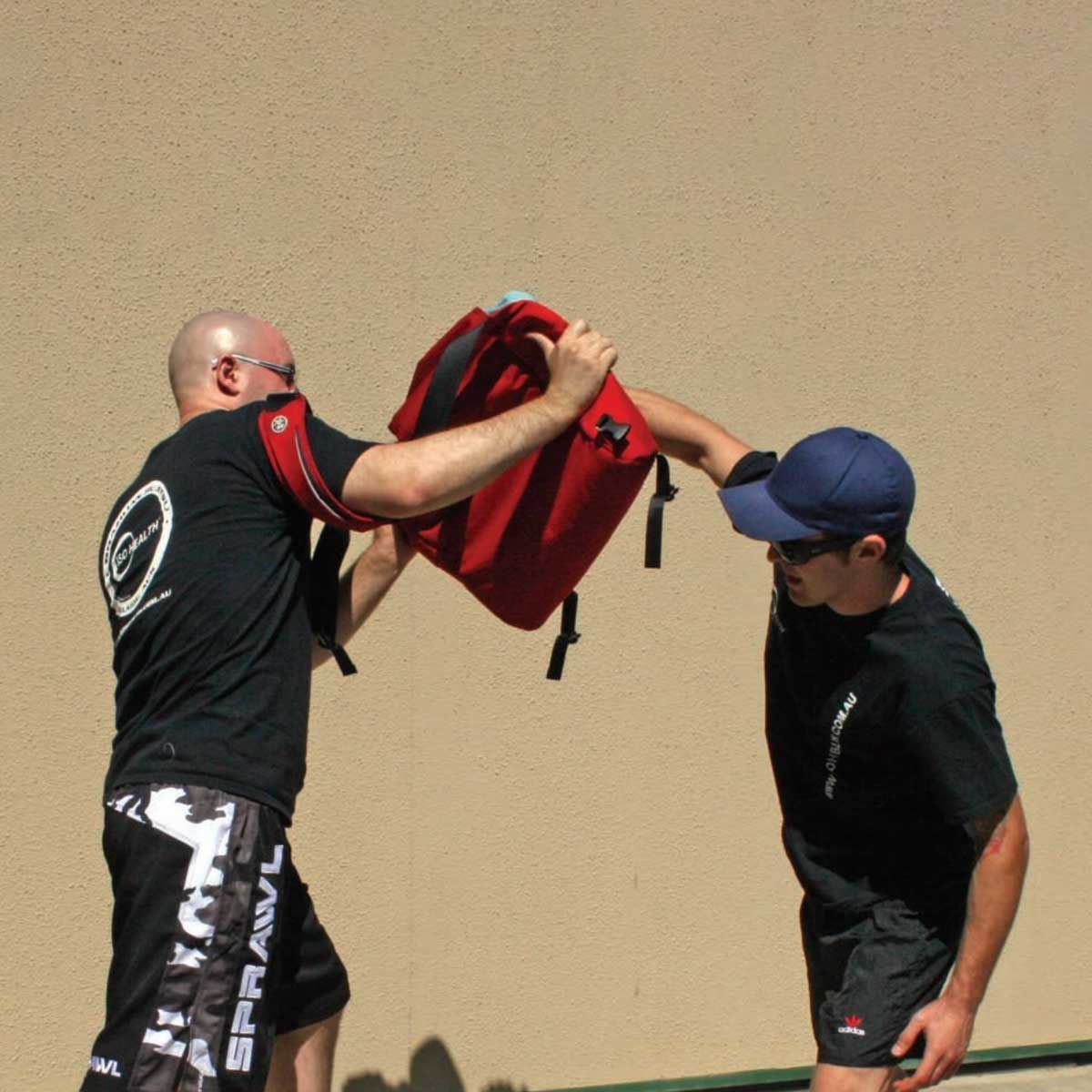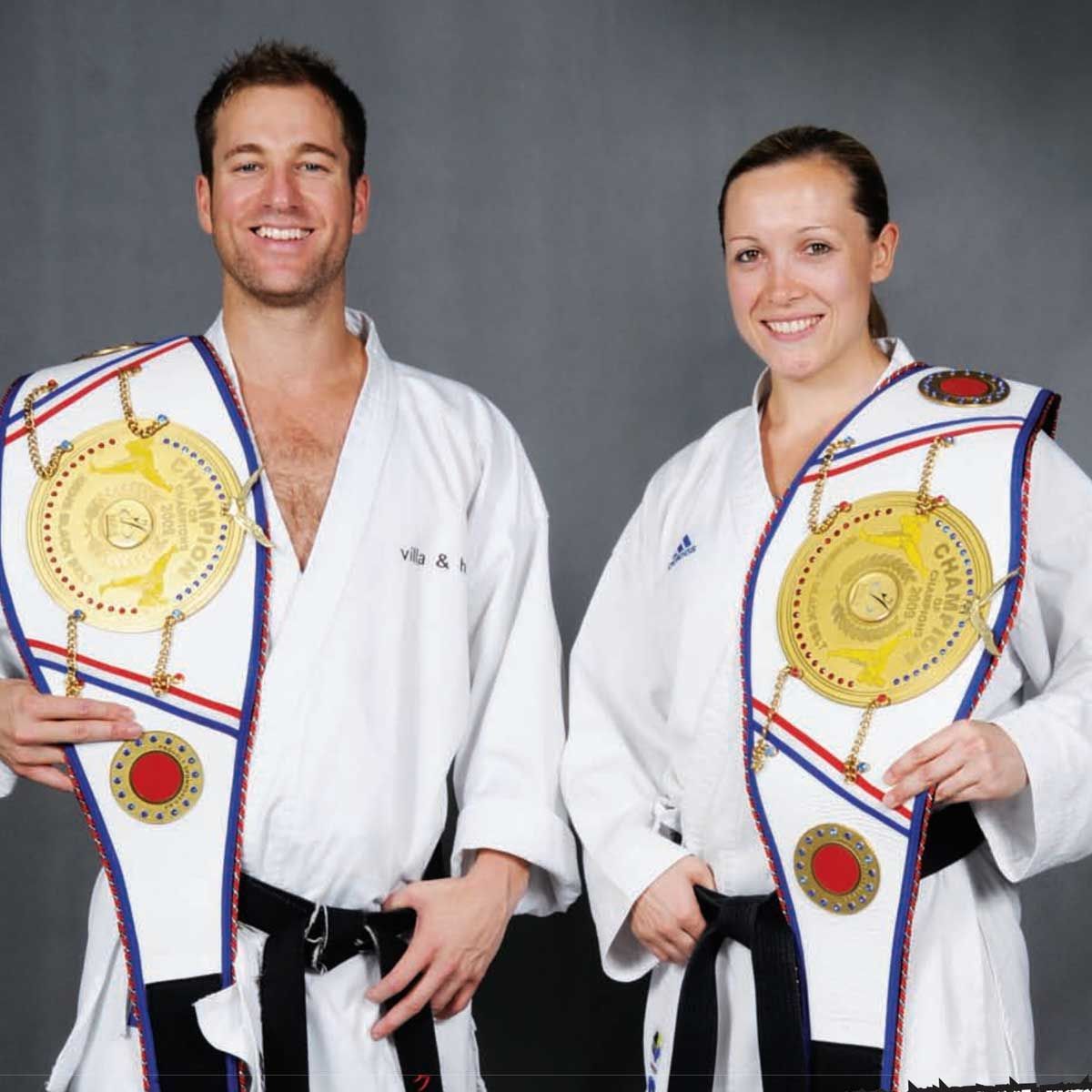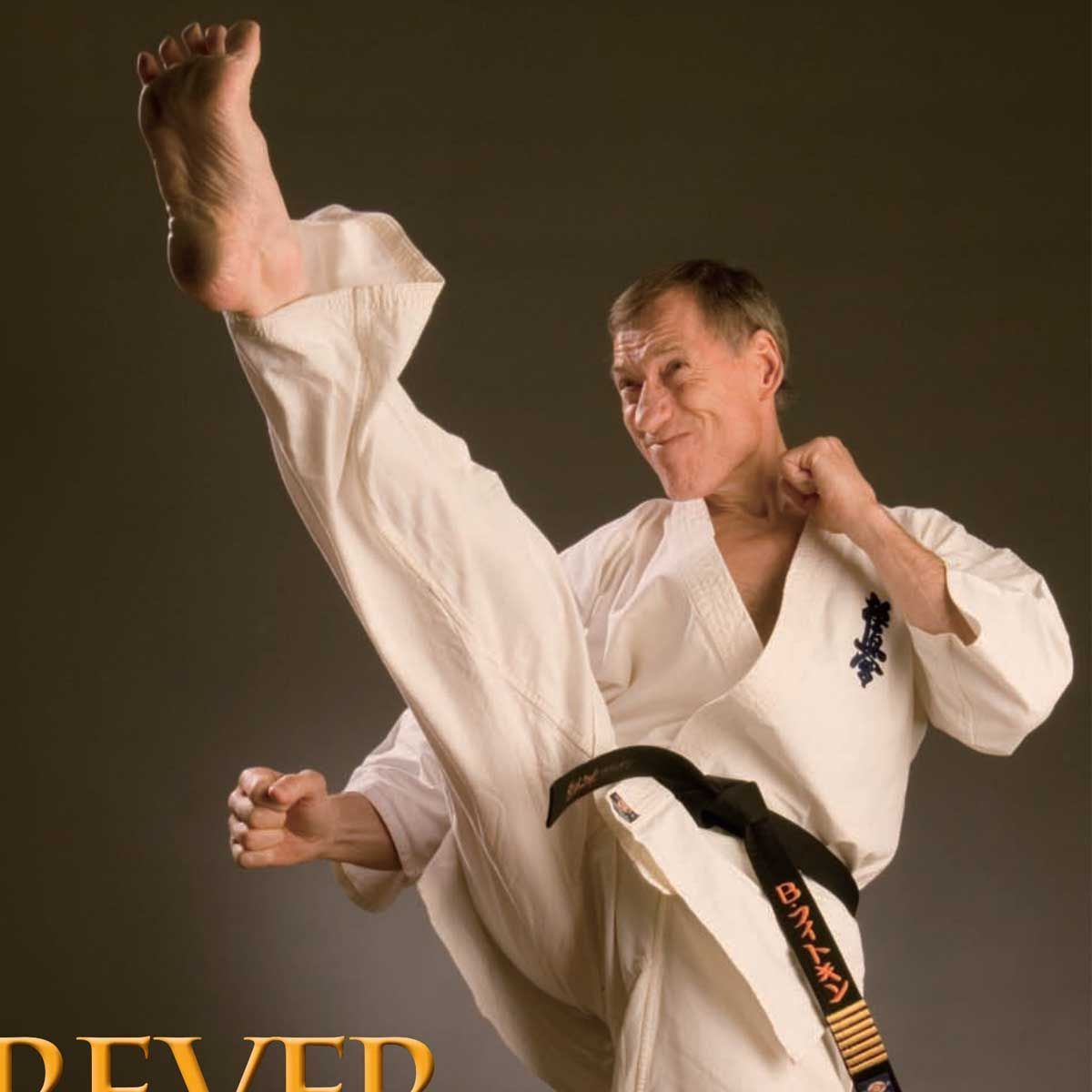MASTERING THE SPIRIT - Ikuo Watanabe
Ranked 8th Dan in Yoshinkan aikido, Ikuo Watanabe Shihan is one of Japan’s most senior teachers of the style under Yoshinkan’s Kancho (headmaster) Yasuhisa Shioda.
On a recent trip to Western Australia to train and test students at one of his affi liate dojos in Perth, Watanabe Shihan gave the following interview.
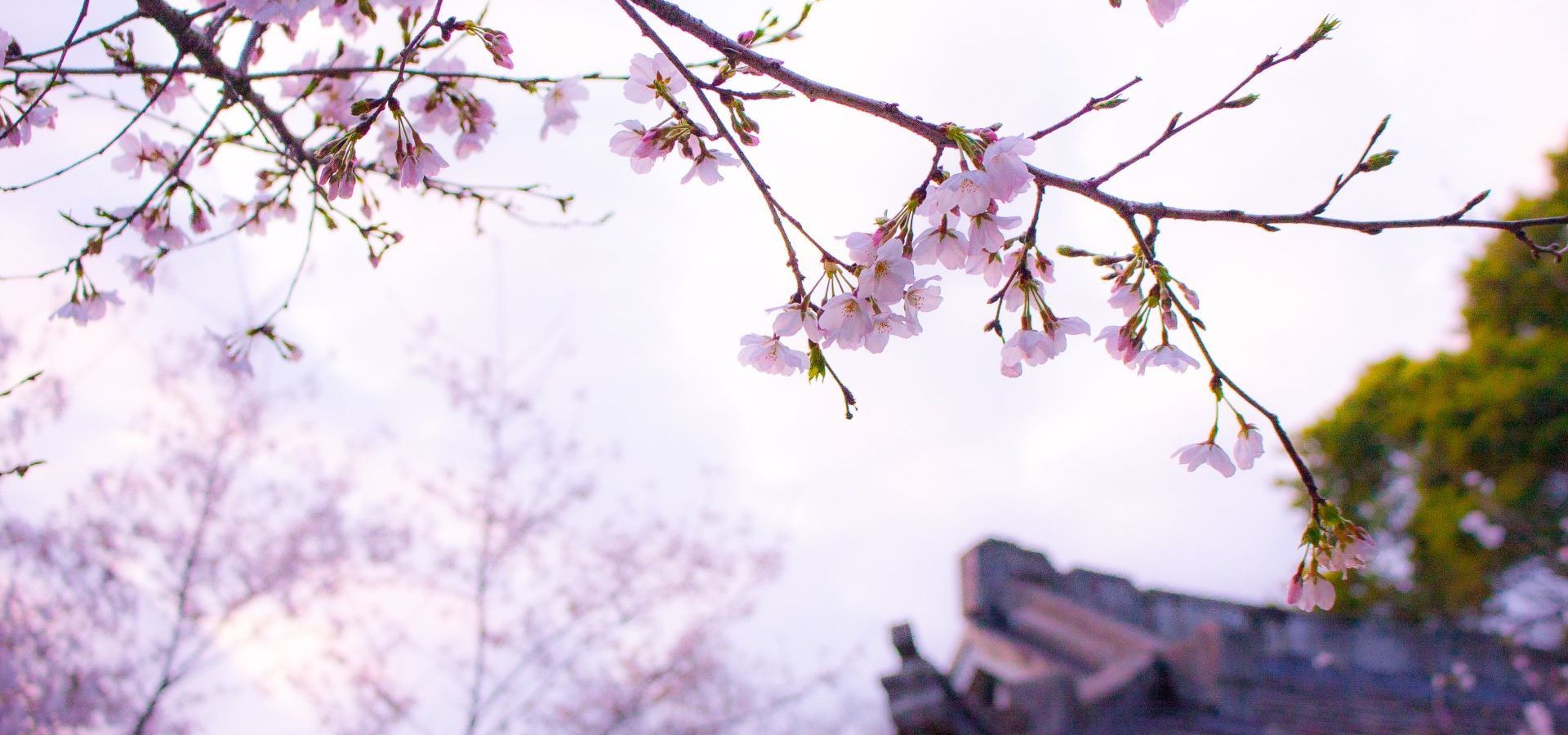
Watanabe Shihan, how long have you been training in Yoshinkan aikido and how did you get involved?
I have been studying Yoshinkan aikido for 46 years. When I was young, I read a book about aikido and I was very interested. I went and watched a demonstration by Ueshiba Morihei, O’Sensei [the founder of aikido] — it was fantastic, he was throwing his opponents around and it looked like magic. When I went to Meijigakuin University, there was a Yoshinkan aikido club there and I began my training. I was 18 years old.
When did you first visit Australia, and Perth in particular, to teach aikido?
I visited Australia for the first time in 1988 as I was sponsored out to teach aikido in Townsville, Queensland. I was there for about 18 months and then had to return to Japan. I then returned to Australia in 1994, to Perth, where a long-time student, Richard Hungerford Sensei, had set up a dojo and he called it ‘Watanabe Dojo’ after me. In 2001, Sensei Darren Skelton, a long-time student of Sensei Hungerford and myself, took over the running of Watanabe Dojo.
Why is Yoshinkan aikido called the ‘hard style’ of this characteristically soft and flowing art?
Yoshinkan aikido is a very young martial art but it has a long history, which can be dated back to the battle fields of Japan and [to the martial art of] Daito-ryu aikijutsu. The system is taught in a military fashion, by numbers (ichi equals one, ni equals two, etc). It is taught in this manner to make it easy to understand. It is also taught to the Tokyo Metropolitan Police, riot police and women’s police. It was very strict training in the early days and the techniques are effective. This is possibly why it is called the hard style.
Why is there no sporting competition in aikido?
Aikido is budo [a martial way] and originated on the battlefields of Japan, where it was used to kill your opponent. It was used when you had been disarmed of your sword or had lost it in battle, so it’s too dangerous to have competition.
What was it like to train with the late Shioda Gozo Kancho, founder of the Yoshinkan system?
It was very hard training with Shioda Gozo Kancho, but it was also so much fun to train with him. He was a very witty person and had a fantastic sprit and charisma.
Has aikido training changed since you first started?
The training system has not changed. The system is still the same, [there are] just different interpretations of the system.
There are many books and DVDs on aikido. Can you learn aikido from a book or DVD?
They could be used as a good introduction to aikido, but I don’t think it is possible to have a real understanding of aikido from a book or DVD. You will only learn plain techniques (how to do the movements) and not have solid understanding of aikido and how it really works. You need to train with an instructor to have a full understanding of aikido.
When teaching and learning aikido, is it different in Japan compared to Australia or other countries around the world?
It is ‘the same, but different’. From a distance it looks the same but when you get closer you can see the subtle differences instructors have put into aikido.
What are the benefits people get from doing aikido training?
People get fitter and stronger, both mentally and physically. It makes people happy and is great for stress relief — it helps some people understand life and helps them deal with stressful situations with a calm mind and body. You also get to meet other like-minded people.
Do you think it’s important for Westerners to go and train in Japan in order to understand aikido?
No, I do not think it is important, as there are many great instructors around the world. However, I do think it is good to go and train in Japan so you get an understanding of the culture.
When they see aikido for the first time, some people say that it’s fake and that it would not work in a real-life situation. How do you help people understand aikido and how it can be used effectively?
I like to show them how effective aikido is and have them feel the movement. I get them to grab me and I explain and have them feel how it is used. In aikido the uke [person receiving the technique] does ukemi [breakfalls] to stop themselves from being injured. So this is where I think people think it is not real or effective. But Yoshinkan aikido is a very effective and powerful martial art.
Have you ever used aikido outside of the dojo?
No, I have never used aikido techniques outside of the dojo, but I have used the understanding of aikido presence or spirit to defuse several confrontations.
Do you think aikido has helped you in your life?
Yes. I had a major loss in my life in 1984 my wife died from cancer and I was left a single father of two children. With the help of aikido training and the assistance of the aikido members, I was able to focus and keep going. Aikido has been very valuable in my life. I have met many great people also through aikido training.
You visit Australia annually to conduct training and shinsa (testing). Do you feel this is important?
Yes, it is very important to keep the knowledge of aikido going and to pass on the intricacies or secrets of aikido to senseis. I am not young and I had major heart surgery at the start of 2009, so I want to pass on all of the knowledge I have about aikido before I leave the world. I do not like to do violent or painful aikido; I like to do refined aikido. This means that the techniques are done with no pain, yet you have complete control of your opponent.
Before we finish, Watanabe Sensei, is there anything else you would like to add?
Yes, in regard to DVDs and books about aikido, they only teach you [the skills of] the shite, or the person doing the technique. I believe they should also show how to be the uke (person receiving), as this is critical to understand how techniques work, with timing, balance-breaking and control, and how to safely receive the technique. Aikido has many levels. I believe aikido should be pain free and it needs to be refined so that it is very effective with no pain. You need to have connection with yourself and your opponent, and nature to achieve this. This is very difficult to explain in words and can only be done by training. Aikido is an evolving system and needs to be applicable to the time, but also maintain the old way. □
(Interview conducted for Blitz by Darren Skelton Sensei, chief instructor, Yoshinkan Aikido Watanabe Dojo, WA.)
Blitz Martial Arts Magazine, FEBRUARY 2010 VOL. 24 ISSUE 02






